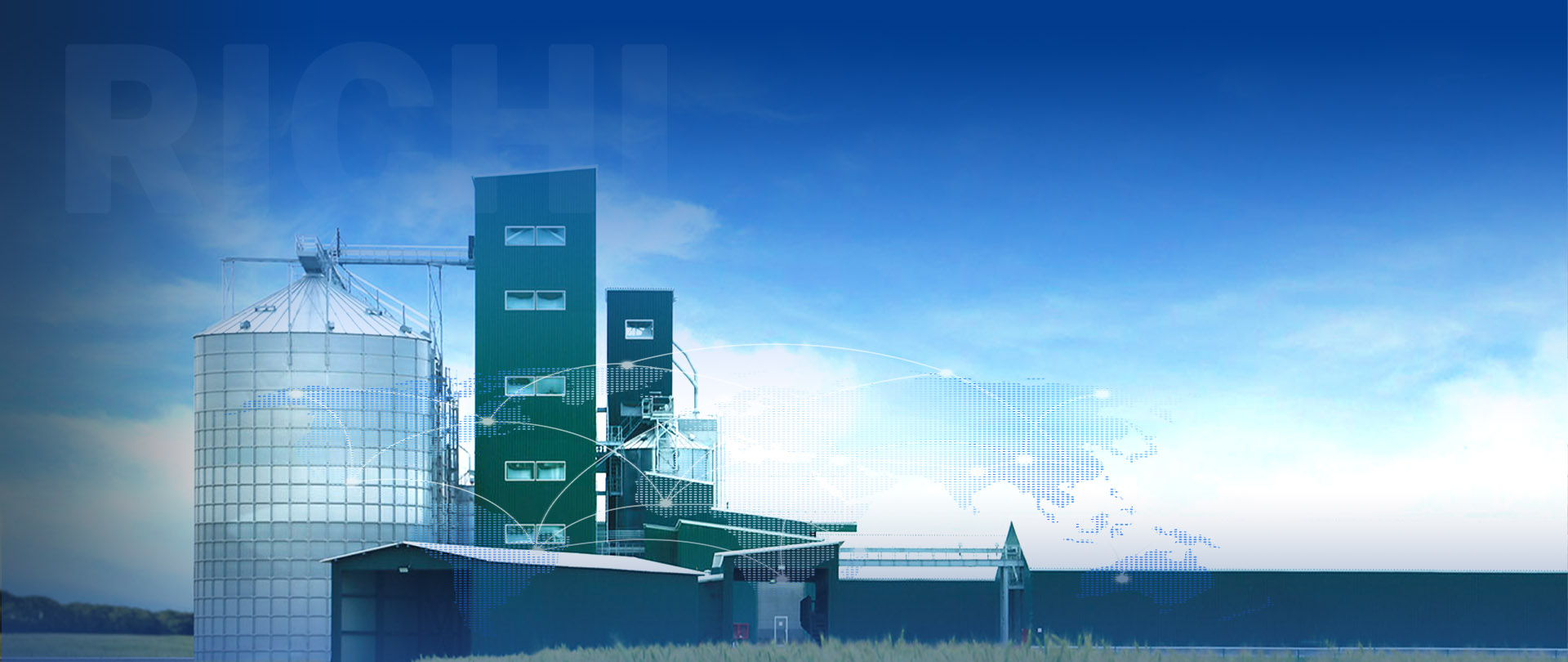The installation of an animal feed making machine is a critical process that lays the foundation for its efficient and reliable operation. Proper preparation is essential to ensure a smooth installation process and minimize potential issues down the line. This article outlines the key preparation work required before installing an animal feed making machine.
1. Site Preparation
The first step in preparing for the installation is ensuring that the site is ready to accommodate the machine.
- Foundation: Construct a solid, level foundation capable of supporting the weight of the machine and any associated equipment. The foundation should be made of reinforced concrete and be free of cracks or unevenness.
- Space Requirements: Allocate sufficient space around the machine for easy access during installation, operation, and maintenance. Ensure that there are no obstructions or low ceilings that could interfere with the installation process.
- Electrical Supply: Verify that the electrical supply at the site meets the machine’s requirements in terms of voltage, amperage, and phase. Install dedicated circuits with proper grounding and overcurrent protection.
- Lighting: Ensure that the installation area is well-lit to allow for safe and efficient work. Provide additional lighting if necessary.

2. Equipment and Tool Preparation
Having the necessary equipment and tools on hand can greatly facilitate the installation process.
- Lifting Equipment: Arrange for appropriate lifting equipment, such as forklifts or cranes, to move and position the machine components. Ensure that the lifting equipment has sufficient capacity to handle the weight of the components.
- Hand Tools: Prepare a set of essential hand tools, including wrenches, sockets, pliers, and screwdrivers, in the appropriate sizes for the machine.
- Power Tools: If necessary, have power tools such as drills, grinders, and impact wrenches available to expedite the installation process.
- Safety Equipment: Provide personal protective equipment (PPE) for the installation crew, including hard hats, safety glasses, gloves, and steel-toed boots.
3. Documentation and Manuals
Familiarize yourself with the machine’s documentation and manuals to ensure a successful installation.
- Installation Manual: Carefully review the installation manual provided by the manufacturer. This manual contains detailed instructions on how to properly install the machine and its components.
- Electrical Schematics: Study the electrical schematics to understand the machine’s wiring and ensure that the electrical supply is compatible.
- Spare Parts List: Obtain a list of recommended spare parts and consumables from the manufacturer. Having these parts on hand can help minimize downtime in case of breakdowns or scheduled maintenance.
4. Team Preparation
Assembling a skilled and well-prepared installation team is crucial for the success of the project.
- Experienced Technicians: Ensure that the installation team includes experienced technicians who are familiar with the type of animal feed milling machine being installed. Their expertise can help identify and resolve issues quickly.
- Clear Communication: Establish clear communication channels among the installation team, the machine manufacturer, and any other stakeholders involved in the project. Regular meetings and updates can help keep everyone informed and aligned.
- Training: Provide training to the installation team on the specific machine being installed. This includes familiarizing them with the machine’s components, operation, and maintenance requirements.
5. Raw Material Preparation
Having the necessary raw materials ready for the machine’s operation can help minimize delays after installation.
- Inventory: Ensure that you have an adequate supply of raw materials, such as grains, proteins, and additives, available for the machine’s initial operation.
- Quality: Verify that the raw materials meet the required quality standards and are free of contaminants or impurities that could affect the machine’s performance or the quality of the final product.
- Storage: Store the raw materials in a clean, dry, and secure location to prevent spoilage or contamination before use.
6. Permits and Approvals
Depending on the location and regulations, obtaining necessary permits and approvals may be required before installing the machine.
- Building Permits: Check with local authorities to determine if building permits are needed for the installation. Obtain the necessary permits and ensure that the installation complies with local building codes.
- Environmental Permits: In some cases, environmental permits may be required for the operation of the machine. Consult with relevant authorities to determine if any permits are needed and ensure compliance.
- Safety Approvals: Ensure that the machine meets all applicable safety standards and has the necessary approvals, such as CE or UL certification, before installation.
Conclusion
Proper preparation is essential for ensuring a successful installation of an animal feed making machine. By addressing site preparation, equipment and tool readiness, documentation review, team preparation, raw material availability, and necessary permits and approvals, feed manufacturers can minimize delays, reduce the risk of issues, and set the stage for efficient and reliable operation of the machine.Investing time and resources in preparation not only facilitates the installation process but also contributes to the overall success and profitability of the animal feed production operation. As the demand for high-quality animal feed continues to grow, prioritizing installation preparation will be crucial for maintaining a competitive edge in the market.










